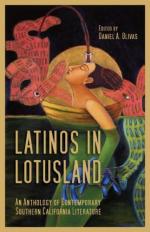|
This section contains 5,784 words (approx. 20 pages at 300 words per page) |

|
SOURCE: Watson, Charles S. “Simms and the Civil War: The Revolutionary Analogy.” The Southern Literary Journal 24, no. 2 (spring 1992): 76-89.
In the following essay, Watson illuminates William Gilmore Simms's comparison of Revolutionary America with the antebellum South in his novels of the 1850s and 1860s.
In the first part of his career, William Gilmore Simms, the leading novelist of the antebellum South, commemorated the great war for independence by recounting exciting battles and heroic deeds.1 After the sectional conflict worsened, he retained his principal subject, but with a radical difference. Now he used the American Revolution to guide the South in its fateful conflict with the North. He drew a parallel with the present in each of his last Revolutionary novels as one critical issue after another arose: the Compromise of 1850, the Fugitive Slave Act, Secession, and, following the Civil War, the Lost Cause.
It has long been suspected...
|
This section contains 5,784 words (approx. 20 pages at 300 words per page) |

|


